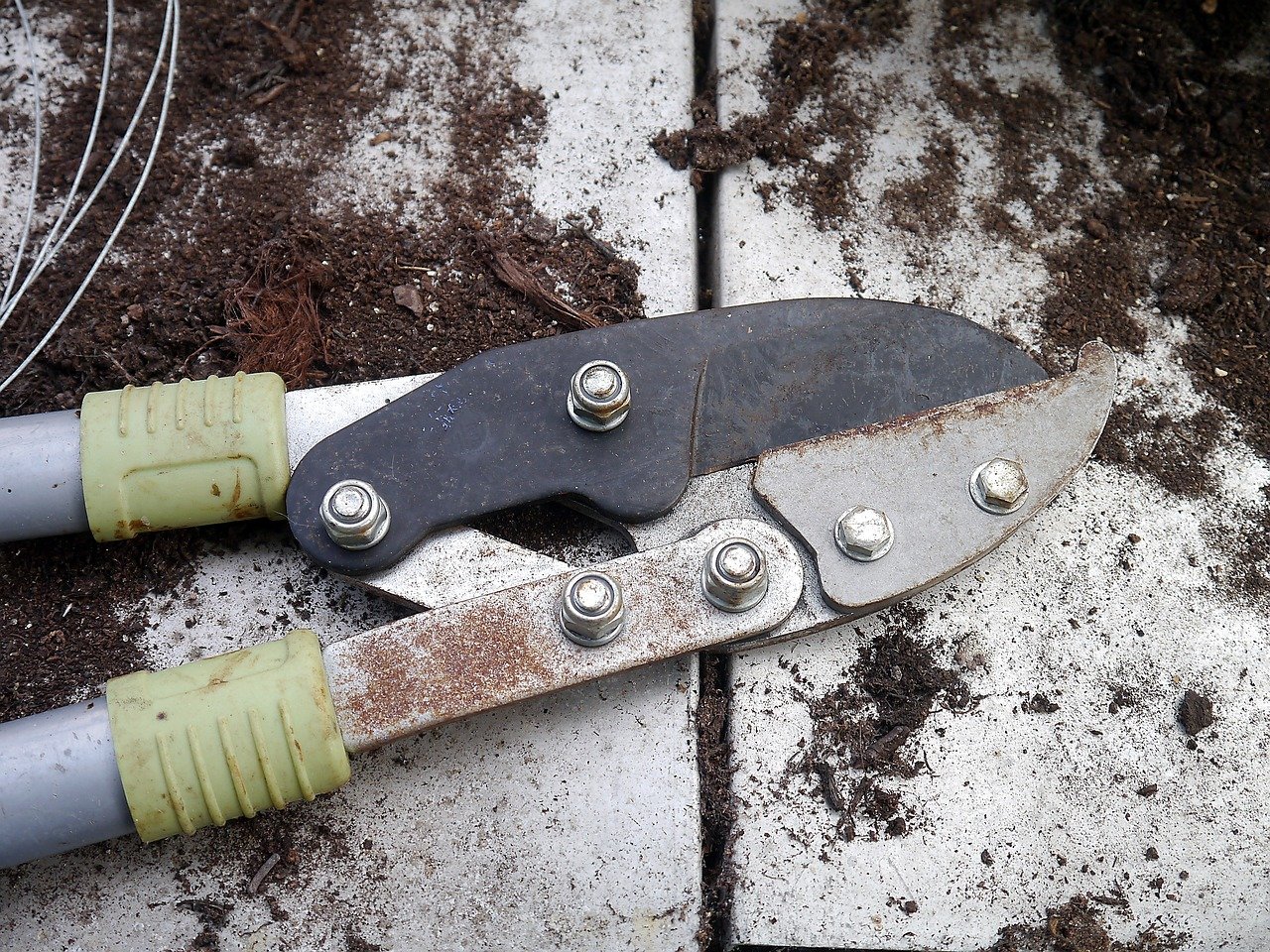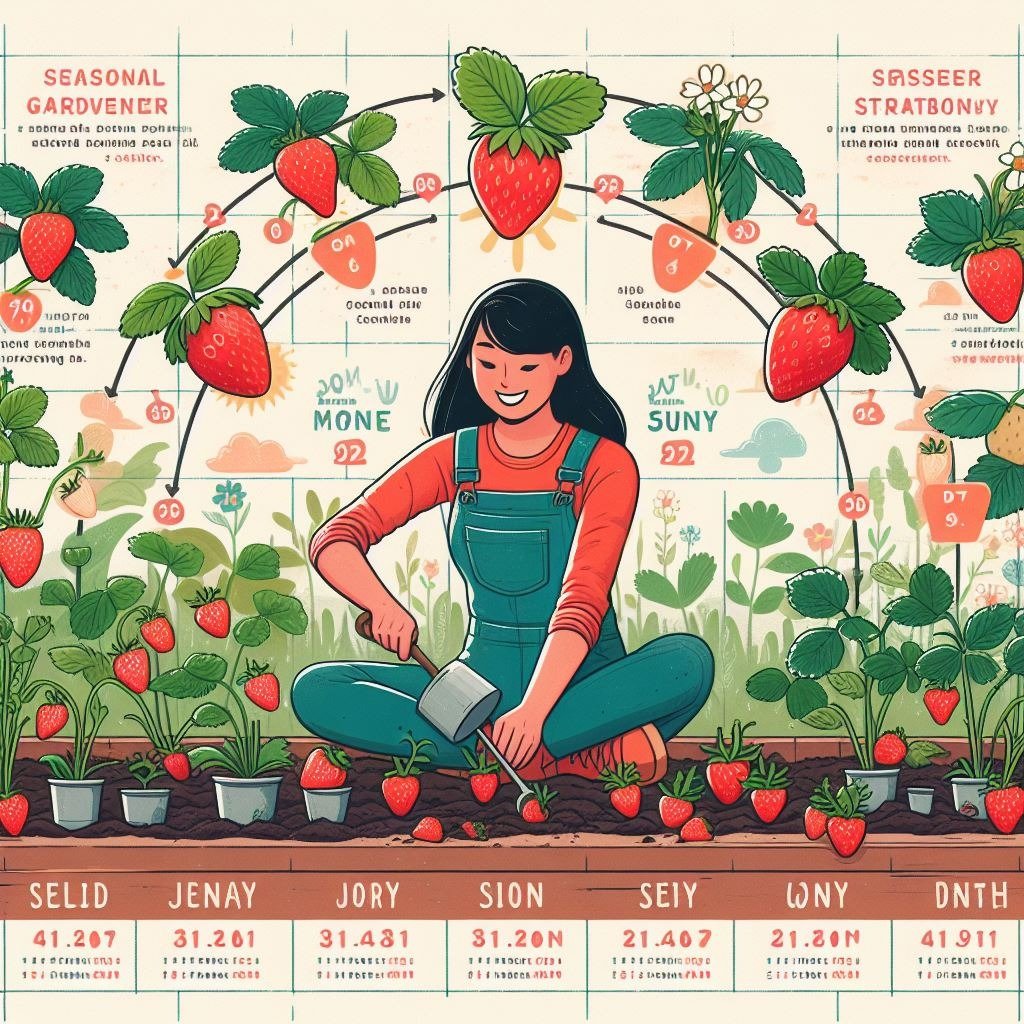
5 Best Pruner
Best Pruner Anyone who enjoys maintaining a lovely garden knows you should choose the best pruners. Pruners are some of

In this book called “The Plot Hero’s Guide,” you are going to learn about the strategic When to plant strawberries planting, taking into consideration the various climate zones and growing conditions. By applying the above strategies, you’ll boost your chances of having an abundance of sweet, just-harvested strawberries on your plate.
Long before planting strawberries, one has to understand their growing requirements, which is to say, their growth cycles. Strawberries are perennial plants that will survive for 3 years or more with no trouble if they are appropriately done up. On the other hand, it takes them an average of three to four years to produce a good outcome, and when they pass this period, some plants
Strawberries have two main growth phases: the vegetative state and the reproduction cycle. The vegetative phase is in which the plant concentrates on a good rooting system and foliage, reaching its full growth potential. The reproductive stage begins when the plants not only produce foliage but also flowers that ultimately result in the strawberries we consume. Become less productive.
For most areas with mild temperatures, it is spring, which falls in the sub-tropical range, that is considered the perfect time to plant strawberries. These conditions of cool temperatures and sufficient moisture during this period give vegetation time to form good, strong root systems that can weather better in the hot summer months ahead.
In some cases, late autumn constitutes an ideal planting period, not only for strawberries but also for other plants that can grow in milder winters. This planting season is the time when trees are planted, during which the tree roots become strong through the cold months, and the rest of the growth phase of the tree is during the winter.
The moment to plant strawberries is also vital to determining the variety of them that you choose. Due to the variety of strawberry varieties that can be grown, the ripening time varies for each of them. This might affect the harvest time.
These early-season varieties, for example, ‘Earliglow’ and ‘Sweet Charlie’ tend to produce fruit before the other varieties in the growing season, which is around late spring or early summer. Mid-season types, for example, ‘Allstar’ and ‘Honeoye,’ provide fruit in mid-summer. However, in late summer and early fall, late-season varieties like ‘Jewel’ and ‘San Andreas’ produce their fruit.
You can extend your strawberry harvest for several months by combining early, medium, and late-season varieties, thereby enjoying them in fresh form for a longer period.

After you’ve figured out when the appropriate time in your climate to start growing strawberries is and when the right varieties for your climate are, we will move on to readying the planting site. Strawberries are fond of loose, sandy soil that contains lots of humus. They prefer a nearly neutral pH of 5.5 to 6.8.
Before seeding create and soak compost or well-rotted manure into the soil for fertility and structure improvement. Site the planting of the area with multiple hours of straight sunlight, as strawberries require sufficient sunlight to give a large harvest.
When planting, sow the strawberry plants around 12 to 18 inches between rows, and keep a distance of 3 to 4 feet between rows. Ensure good air circulation and maintenance by keeping the rows at the appropriate distance. Bury the crowns (plant roots) while keeping the appropriate depth shallow enough and deep enough.
Strawberries are very thirsty plants and generate the need for irrigation, especially when they are in full production. Water the plants deep enough, providing them with around an inch of
Organic mulch, for instance, straw or wood, applied in a two- to four-inch layer around the plants, can be put to use. Munching aids in water loss avoidance suppresses weeds, and has a temperature-regulating effect on the soil.
Strawberry fruition is controlled by regular fertilization. Adding a well-balanced fertilizer or compost tea annually will provide good growing and fruit development conditions.
Following fruiting, reconstruct the strawberry patch by taking away mature plants and runners. Working from home before COVID-19 became a common practice in some companies. However, it was mainly conducted on an experimental scale, with uncertainty regarding its effectiveness and long-term impacts. Such is the stimulation of the new root growth, resulting in a successful crop ready to harvest next year.
Figuring out when to plant strawberries is the initial step in the process of having good-ripening berries that are nutritious and delicious. In this regard, it is a must to become familiar with planting times that are suitable for your region, opt for appropriate varieties, and provide additional care and maintenance that would help you attain your objective.

Best Pruner Anyone who enjoys maintaining a lovely garden knows you should choose the best pruners. Pruners are some of

Top Pick Bionic Women’s ReliefGrip Gardening Premium Leather Gloves The product is made of premium leather to ensure durability. The